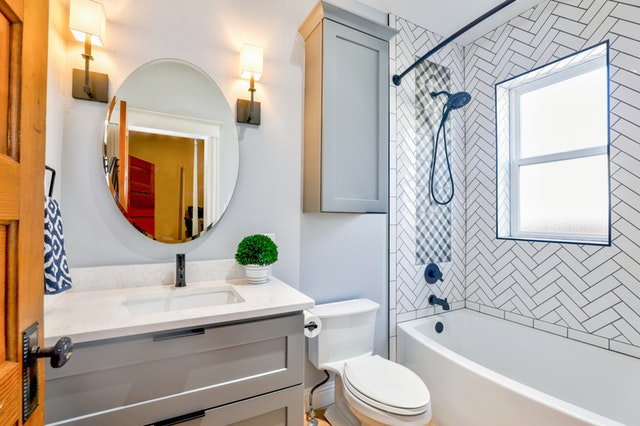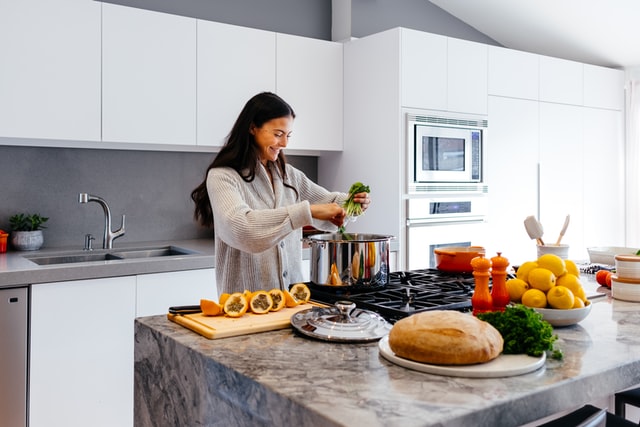Renovating an old bathroom can be one of the most rewarding projects in a family home. A well-designed bathroom not only enhances the overall aesthetic of your home but also improves daily comfort and functionality. However, tackling a bathroom renovation requires careful planning, practical decision-making, and a balance between style and utility. If you’re considering upgrading your outdated bathroom, these tips will help you create a space that is both stylish and functional.
1. Assess Your Current Bathroom’s Layout and Needs
Before making any changes, it’s important to take stock of your existing bathroom. Identify the elements that work and those that don’t. For example, is your bathroom cramped, or does it lack storage? Are the plumbing and electrical systems outdated? Are fixtures worn or inefficient?
Understanding your needs will guide your renovation decisions. Families often require a layout that accommodates multiple users, durable surfaces, and plenty of storage for toiletries, towels, and cleaning supplies. Consider creating a list of “must-haves” versus “nice-to-haves” to prioritize changes that will have the most impact.
2. Set a Realistic Budget
Bathroom renovations can range from minor cosmetic updates to full-scale remodels involving plumbing and electrical work. Establishing a clear budget early in the planning process helps you avoid overspending and makes it easier to prioritize upgrades.
A typical family bathroom renovation can cost anywhere from a few thousand dollars for basic updates to tens of thousands for a full remodel. Remember to factor in unexpected expenses, which often arise during renovations, especially in older homes. Allocating 10-15% of your budget for contingencies is a wise move.
3. Upgrade Fixtures for Both Style and Function
Old bathrooms often suffer from outdated or inefficient fixtures. Upgrading sinks, faucets, showers, and toilets can dramatically improve both aesthetics and functionality. For family bathrooms, consider fixtures that are easy to clean, durable, and water-efficient. Practical non-electronic bidet seats can also be a valuable addition, providing hygienic benefits without the need for complex wiring or electricity.
Modern faucets and showerheads with water-saving technology help reduce utility bills while maintaining strong performance. Dual-flush toilets are another smart upgrade, offering both environmental and financial benefits. Choosing cohesive finishes, such as brushed nickel or matte black, will help tie the room together stylistically.
4. Focus on Storage Solutions
One of the biggest challenges in family bathrooms is keeping the space organized. Without adequate storage, countertops become cluttered, making the bathroom feel chaotic. Consider installing built-in cabinets, floating vanities, or wall-mounted shelving to maximize space.
For smaller bathrooms, recessed shelving in the shower or above the toilet can provide practical storage without taking up floor space. Drawer organizers, baskets, and trays are also great for keeping smaller items like toiletries, hair accessories, and medicines neatly arranged.
5. Choose Durable, Easy-to-Clean Materials
In a family home, bathrooms endure heavy use. Selecting durable, low-maintenance materials ensures your renovation stands the test of time. For flooring, options like porcelain tiles, luxury vinyl, or natural stone are ideal as they resist water damage and wear.
Walls can benefit from moisture-resistant paint or tiles, particularly around showers and tubs. Quartz or granite countertops are excellent for vanities, combining durability with style. When selecting materials, consider both aesthetics and functionality to avoid frequent repairs or replacements.
6. Incorporate Smart Lighting
Lighting is often overlooked but is crucial for both ambiance and functionality. A well-lit bathroom enhances safety, makes grooming tasks easier, and contributes to a sense of spaciousness.
Layer your lighting with a combination of overhead lights, task lighting around mirrors, and accent lights to highlight design features. LED bulbs are energy-efficient and long-lasting, and dimmer switches allow you to adjust the mood as needed. For family bathrooms, motion-sensor night lights are a practical addition, especially for young children.
7. Ventilation is Key
Proper ventilation prevents moisture buildup, which can lead to mold and mildew – common problems in older bathrooms. If your bathroom doesn’t already have an exhaust fan, consider installing one. Choose a fan with sufficient power for the room’s size, and consider a unit with a humidity sensor that automatically runs when needed.
Windows can also aid ventilation, but they’re not always sufficient on their own, particularly in colder climates. Combining a fan with a window ensures the room stays dry and fresh.
8. Add Personal Style with Accessories and Finishing Touches
Once the structural and functional upgrades are complete, add personality through accessories. Towels, rugs, shower curtains, and artwork can bring color and warmth to the space. Plants can also add life and improve air quality, provided they thrive in a humid environment.
Consider incorporating a theme or color scheme to unify the space. Neutral palettes with pops of color create a timeless look, while bold patterns or textures can make a small bathroom feel lively and modern. Small touches, such as stylish soap dispensers, mirrored trays, or decorative hooks, can elevate the overall design without breaking the budget.
9. Plan for Safety and Accessibility
Safety is especially important in family bathrooms, where children and older adults are frequent users. Slip-resistant flooring, grab bars near the tub or shower, and rounded countertop edges can prevent accidents. Walk-in showers or tubs with seating are also practical additions for long-term use.
Even subtle changes like installing a handheld showerhead or anti-scald faucets contribute to a safer, more comfortable experience for everyone.
10. Work with Professionals When Needed
While some homeowners tackle minor updates themselves, professional help is often essential for plumbing, electrical work, or structural changes. Experienced contractors can ensure the renovation is completed safely, on schedule, and to a high standard.
Hiring a designer can also be valuable if you want a cohesive, stylish result. They can suggest layouts, materials, and finishes that maximize both functionality and aesthetic appeal, ensuring the renovation enhances your family home for years to come.
Conclusion
Renovating an old bathroom in a family home is an exciting opportunity to create a space that combines style, comfort, and practicality. By assessing your current layout, establishing a realistic budget, upgrading fixtures—including practical non-electronic bidet seats—optimizing storage, and choosing durable materials, you can achieve a bathroom that meets your family’s needs while reflecting your personal taste. Proper lighting, ventilation, safety features, and thoughtful finishing touches complete the transformation, resulting in a bathroom that is both beautiful and functional for years to come. A well-planned renovation doesn’t just improve your home – it enhances daily life for everyone who uses it.


